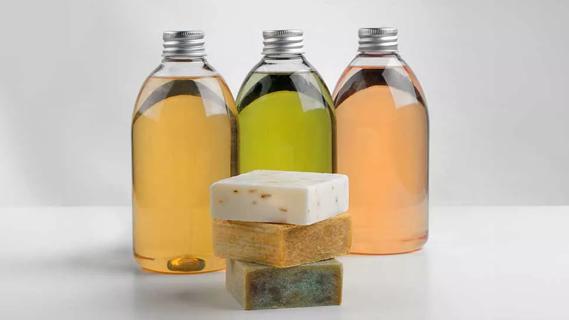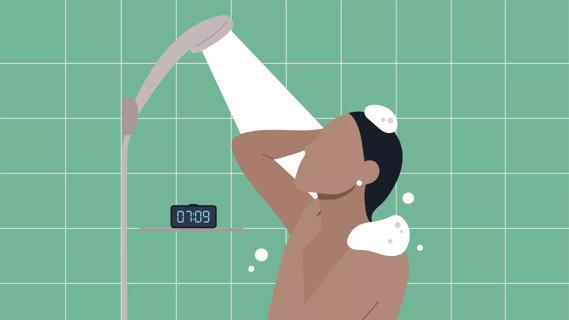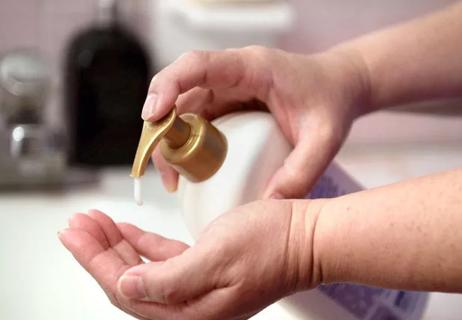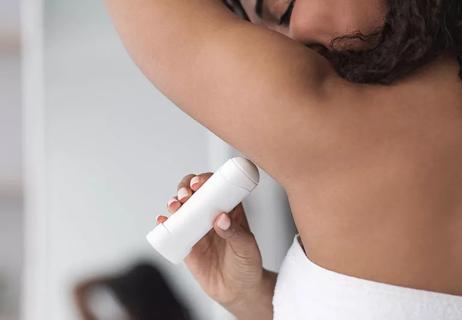The best ways to keep your home’s comfiest places germ-free

When you lay your head down after long, hard day, the last thing you’re probably thinking about is how clean your pillow is. But that actually might be something worth considering at some point.
Advertisement
Cleveland Clinic is a non-profit academic medical center. Advertising on our site helps support our mission. We do not endorse non-Cleveland Clinic products or services. Policy
“Pillows and upholstery can carry germs of all types,” says family medicine doctor Amy Zack, MD. “And the biggest risk is actually insects, not bacteria or viruses.”
But before you decide to throw away all your furniture and bedding and start anew, Dr. Zack says there are simpler (not to mention cheaper) solutions. Here’s how to minimize germs in your home’s comfiest places.
Pillows and upholstery can carry bacteria and allergens. But Dr. has some good news: The risk of contracting the coronavirus from these fabric surfaces is very low. “The virus that causes COVID-19 does not seem to live a long time on clothing and other fabric-type surfaces,” she says.
The biggest health risks from your pillows and cushions come from tiny insects, such as dust mites, bed bugs and fleas.
Insects on your upholstery can do more than stimulate your gag reflex. They can negatively impact your health, too. Here’s how:
Advertisement
“If you have chronic asthma and allergies, dust mites are always a part of the conversation,” Dr. Zack relates. “If somebody has allergy symptoms, particularly during the night, then we might recommend they get pillowcases that prevent dust mites.”
Signs of bed bugs and fleas are more obvious — you can see them with the naked eye. “You may also develop insect bites after sitting on furniture,” Dr. Zack says. If you have the stomach for it, a simple image search online can help identify which pest it is.
When it comes to bacteria or viruses, it’s harder to tell what’s hanging out on your pillows. But a good rule of thumb is that if members of your household have the same infection or illness, assume there’s a virus or bacteria lurking. “Clean all of the surfaces in your home, including the upholstered furniture,” Dr. Zack says.
While cleaning some fabrics can be tricky, Dr. Zack says simple vinegar solutions and upholstery cleaners can adequately disinfect them.
“Bleach, in general, is best for disinfecting, but it’s not the best choice for fabric surfaces,” she says. “Instead, use a cleaner to wipe the surface with a sponge or light brush and then let it dry. You can also use a wet/dry vacuum.”
Dr. Zack also offers these recommendations to avoid problems with germs, pests and allergens:
Advertisement
Learn more about our editorial process.
Advertisement

We don’t fully understand how cleanliness impacts immune system development, but we do know that preventing illness is important

How often you lather up your locks can depend on various factors, like hair type, age and ethnicity

An icy blast may boost mental clarity, increase circulation and give your skin a little glow — but don’t overdo it

This olive oil-based soap is generally mild and safe when diluted

It’s a wash — when you bathe is a personal preference

Try turning the heat down on the water and opting for a moisturizing soap

Research doesn’t show a link between the personal hygiene product and breast cancer

Technique matters — and research suggests most of us still aren’t doing it right

If you’re feeling short of breath, sleep can be tough — propping yourself up or sleeping on your side may help

If you fear the unknown or find yourself needing reassurance often, you may identify with this attachment style

If you’re looking to boost your gut health, it’s better to get fiber from whole foods